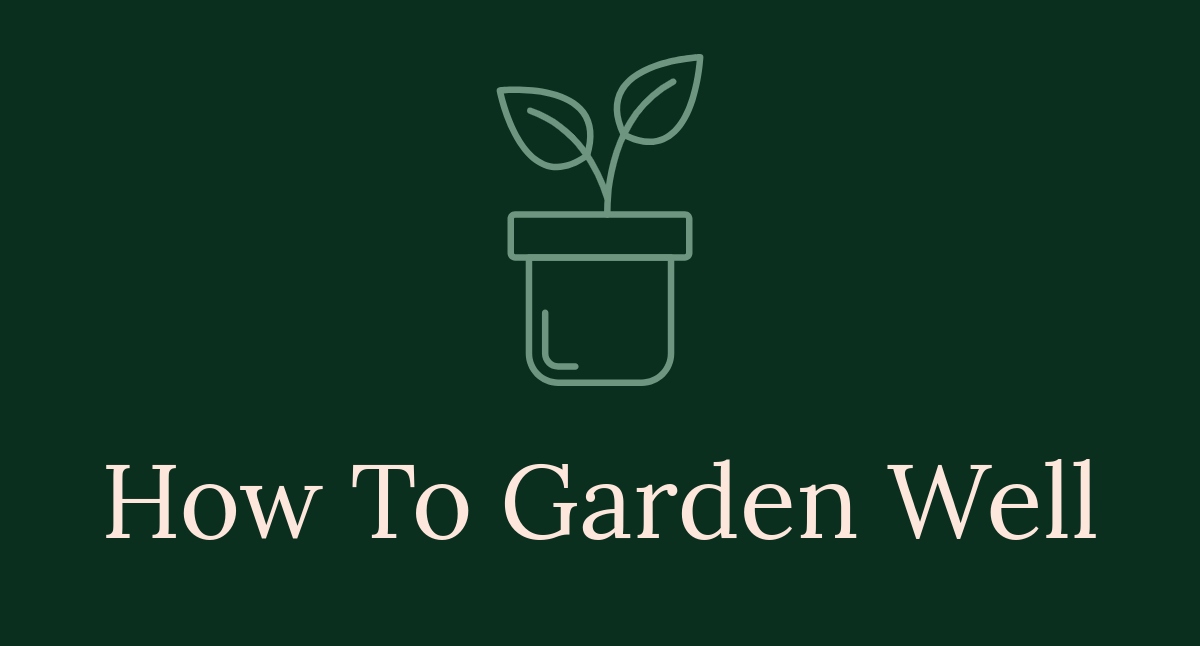
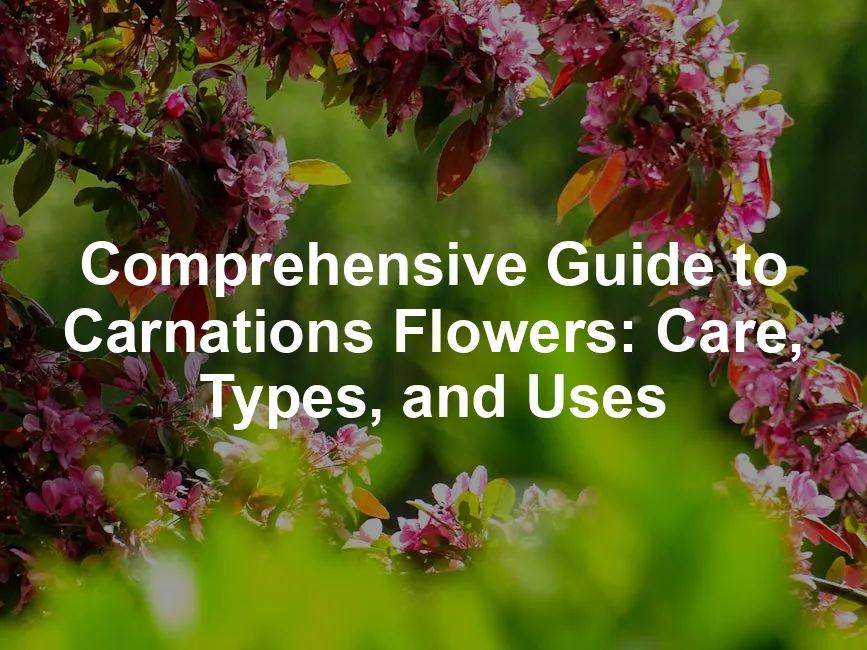
Comprehensive Guide to Carnations Flowers: Care, Types, and Uses
Introduction
Carnations hold a special place in gardening and floral arrangements. Their ruffled petals and lovely scents make them a favorite choice. With a rainbow of colors available, they add charm to any setting. From romantic bouquets to vibrant garden displays, these flowers shine brightly. This article aims to share helpful tips on growing, caring for, and using carnations effectively in your arrangements.
To kickstart your journey, why not consider planting some Carnation Seeds Variety Pack? You’ll have a colorful garden in no time!
Summary and Overview
Carnations, scientifically known as Dianthus caryophyllus, belong to the Caryophyllaceae family. These perennial flowers have been cherished for centuries. They symbolize love and admiration across different cultures. Historically, carnations have graced royal gardens and were used in traditional celebrations.
In today’s gardens, they add beauty and versatility. Their adaptability allows them to thrive in various climates. Whether in borders, containers, or mixed arrangements, they brighten up spaces effectively. To ensure their growth, consider using an Organic Fertilizer for Flowers to keep them looking their best.

This article will guide you through their history, care tips, and popular uses in floral design. You’ll discover how to grow them, keep them healthy, and incorporate them into stunning arrangements. So, let’s dive into the wonderful world of carnations and explore their many types!
Types of Carnations
Standard Carnations
Standard carnations are known for their large, ruffled blooms. These flowers typically measure 2-3 inches across and stand tall on sturdy stems. Their impressive size makes them a popular choice for bouquets and arrangements. You often see them in weddings, birthdays, and other celebrations. They come in various colors, including classic pinks, whites, and reds, as well as vibrant hues like orange and yellow. This versatility allows them to fit into any floral design, adding elegance and charm to your creations.
Spray Carnations
Spray carnations stand out with their unique structure, featuring multiple smaller blooms on a single stem. This attribute gives them a delightful, bushy appearance, perfect for creating lively floral displays. They are often used in mixed arrangements, blending beautifully with other flowers. The vibrant colors of spray carnations, like bright pinks, yellows, and purples, enhance any bouquet’s overall look. Their ability to fill space makes them a favorite among florists and gardeners alike.
Dwarf and Border Carnations
Dwarf and border carnations are compact and perfect for small gardens or containers. These varieties typically grow only 6-12 inches tall, making them ideal for borders or as potted plants. They thrive in sunny spots with well-draining soil. For container gardening, ensure you use pots with drainage holes to prevent sogginess. These charming flowers add color and texture to any space, making them a delightful addition to your garden or patio. Don’t forget to label your plants with Plant Labels for Garden to keep track of your beauties!

Growing Carnations
Planting Carnations from Seed
Starting carnations from seeds can be a rewarding experience. First, prepare your soil by mixing equal parts of compost and well-draining potting mix. This combination ensures proper drainage and rich nutrients. Next, soak your seeds overnight in water to help with germination. After soaking, place the seeds on a damp paper towel until you see tiny roots.
When ready, plant the seeds in your prepared soil, covering them lightly. Keep the soil consistently moist but not soggy. Carnation seeds require at least six hours of sunlight per day, so place them in a warm, sunny spot. Ideal temperatures for germination range from 65°F to 75°F. With proper care, you’ll see seedlings sprouting within two to three weeks. Make sure to thin out the seedlings once they grow to avoid overcrowding, allowing them to develop strong roots. A Soil Moisture Meter can help you track moisture levels easily!
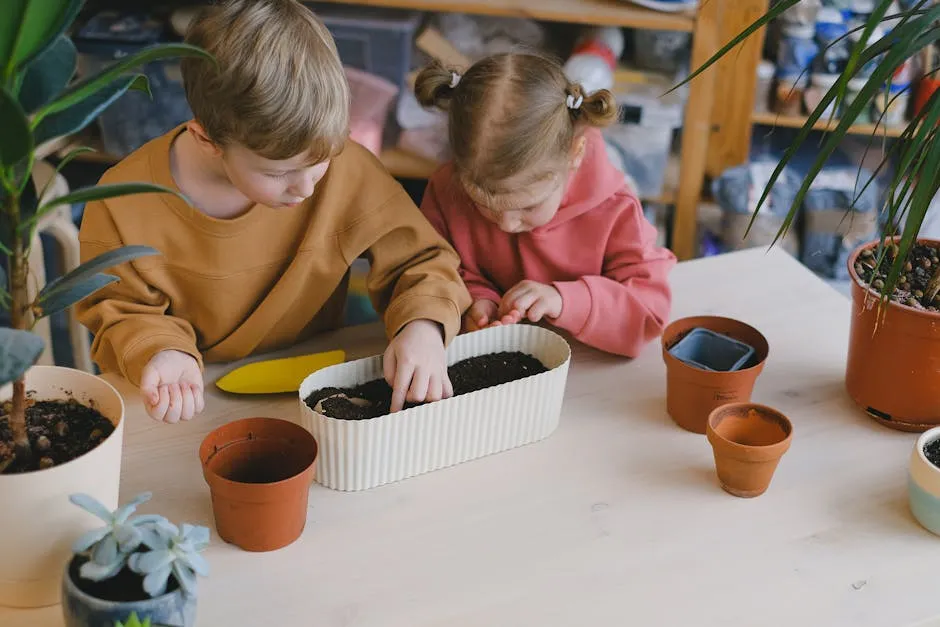
Carnation Plant Care
Light Requirements
Carnations thrive in full sun, needing at least four to six hours of direct light daily. While they can tolerate partial shade, too little sunlight can hinder blooming. Adequate light promotes healthy growth and vibrant flowers, making it essential for plant health.
Soil and Watering
Carnations prefer well-draining soil that retains some moisture. A mix of sandy loam works great for their roots. Watering should be regular but moderate; aim for once a week. Ensure the soil dries out slightly between waterings to prevent root rot. Using mulch can help maintain moisture levels and reduce weed growth.
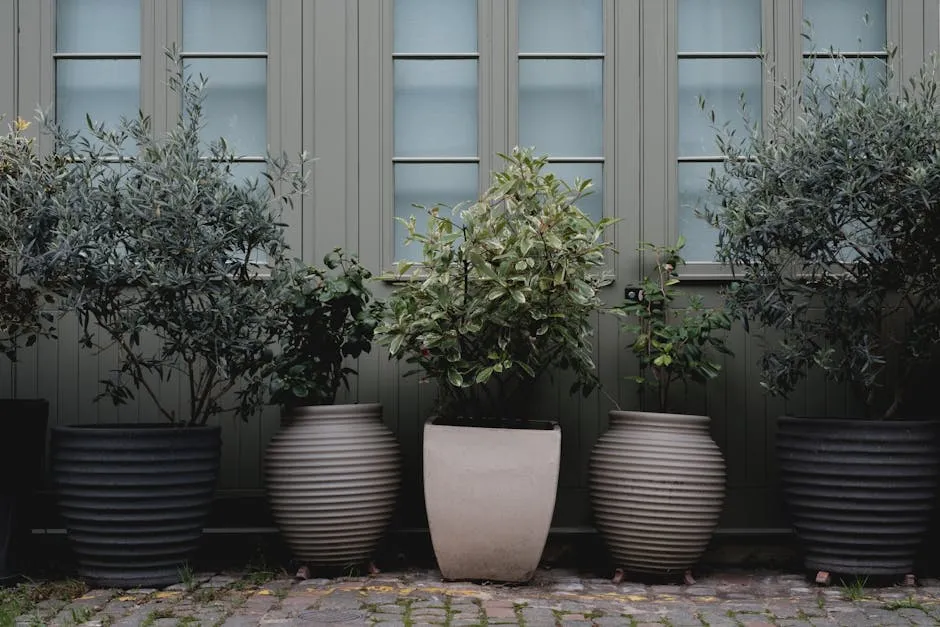
Temperature and Humidity
Carnations flourish in temperatures ranging from 50°F to 80°F. They appreciate moderate humidity, so try to maintain a balance. Too much humidity can lead to fungal diseases, while low humidity may stress the plants. Good air circulation helps keep carnations healthy and thriving.
Fertilization and Pruning
For vibrant, continuous blooms, proper fertilization is key. Use a balanced, slow-release fertilizer in early spring to nourish your carnations. This helps support their growth and encourages flowering throughout the season. Look for fertilizers high in potassium, which aids in blooming. Liquid fertilizers can also be applied every few weeks during the active growing phase for an extra boost. A good Gardening Tool Set can make the process much easier!
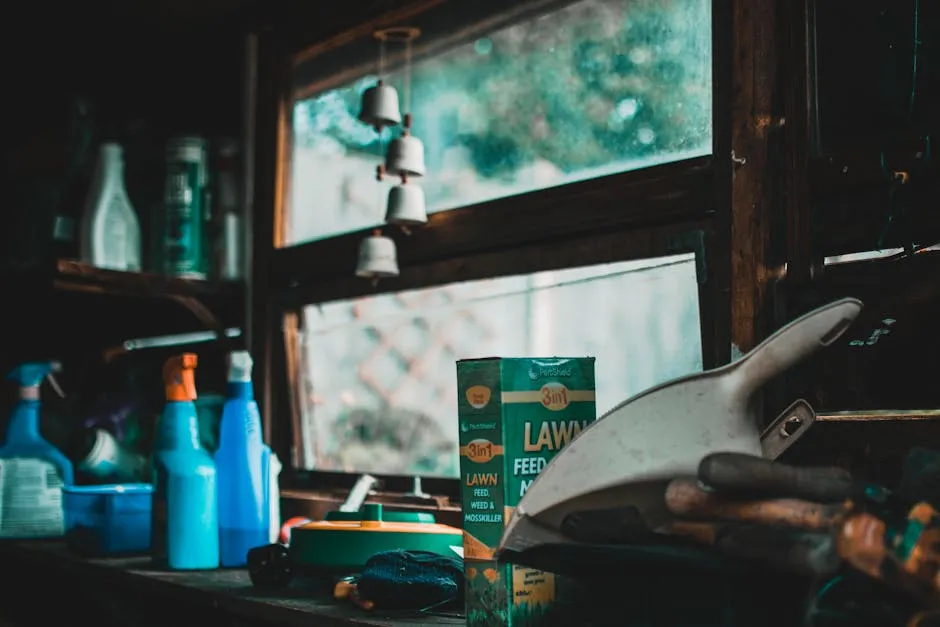
Pruning is equally important. Regularly remove spent flowers to promote new growth and prevent the plant from wasting energy. In early spring, prune back the stems to about one-third of their height. This technique encourages bushier plants and more blooms. Keeping your carnations well-groomed not only enhances their appearance but also ensures they thrive in your garden.
Common Pests and Diseases
Carnation growers may face various pests and diseases. Aphids are a common issue, causing distorted growth by feeding on plant sap. To combat this, introduce beneficial insects like ladybugs or use insecticidal soap. Spider mites are another threat, leaving fine webs on leaves. Maintaining humidity and good airflow can help prevent these pests.
Fungal diseases, such as powdery mildew, may also occur. Ensure proper spacing between plants to enhance airflow and avoid overhead watering. If you spot any signs of disease, remove affected leaves immediately. By taking these preventive measures, you can keep your carnations healthy and flourishing through the gardening season. Consider using a Pest Control Spray for Plants to keep those pesky bugs at bay!
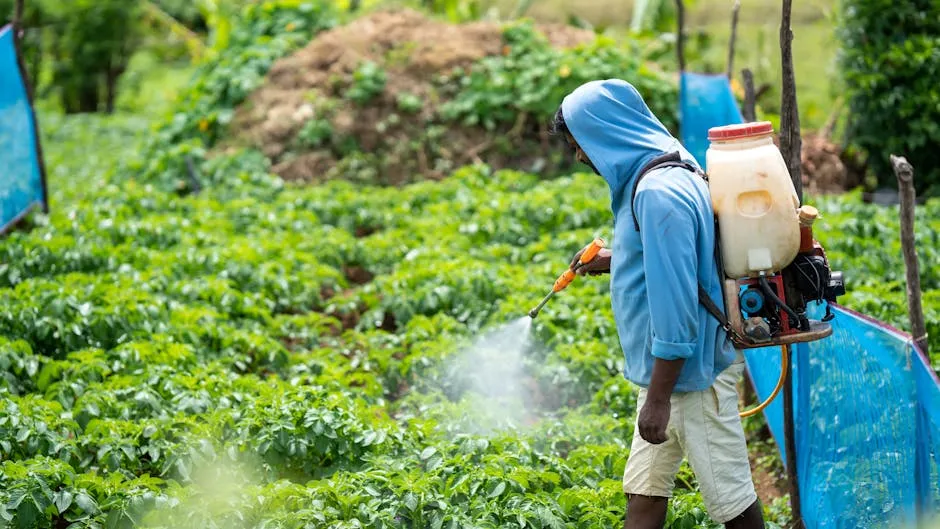
Uses of Carnations
In Floral Arrangements
Carnations are incredibly versatile flowers, making them a favorite in floral arrangements. Their ruffled petals and wide range of colors allow for creative combinations. You’ll often see them in bouquets for weddings, birthdays, and other celebrations. They blend beautifully with other flowers, adding texture and depth to any arrangement.
Seasonally, carnations shine during the spring and summer months. Their robust nature makes them suitable for both formal and casual events. For weddings, they can be used in centerpieces or bridal bouquets. In contrast, for casual gatherings, they work well in mixed bouquets or simple vase arrangements. With their long-lasting blooms, carnations are perfect for event decor, bringing joy and beauty to any occasion. If you want to preserve your floral arrangements, consider a Flower Preserving Kit to keep the memories alive!
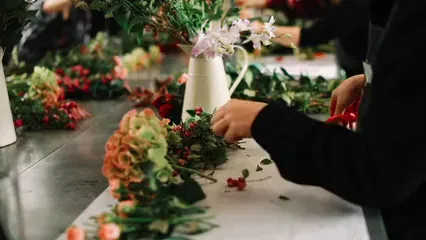
Symbolism and Cultural Significance
Carnations carry deep meanings across various cultures. Their vibrant colors enhance the symbolism attached to them. For instance, red carnations symbolize love and admiration, making them perfect for romantic gestures. Pink carnations represent a mother’s undying love, often gifted on Mother’s Day. White carnations signify purity and good luck, making them popular in weddings.
Different cultures celebrate carnations uniquely. In many countries, they feature prominently in festivals and ceremonies. For example, in Italy, they are used during the Festa dei Ceri. In the United States, red carnations are worn on Memorial Day to honor fallen soldiers. Understanding these meanings can help you choose the right colors for your floral arrangements and gifts, adding a personal touch to your gestures. You might also find inspiration in the book The Flower Gardener’s Bible, which offers fantastic insights into the world of flowers!

FAQs
What is the best way to care for carnations?
To care for carnations, ensure they receive full sun and well-draining soil. Water regularly but avoid overwatering to prevent root rot.
How long do carnations last after being cut?
Cut carnations can last up to two weeks with proper care. Change their water every few days and trim the stems to extend their freshness.
Can I grow carnations indoors?
Yes, you can grow carnations indoors! They need at least six hours of sunlight and well-draining pots. Ensure good air circulation to prevent mold.
What colors do carnations come in, and what do they symbolize?
Carnations are available in many colors: red for love, pink for a mother’s affection, and white for purity. Each color carries its unique meaning.
Are carnations annuals or perennials?
Carnations are classified as perennials. With proper care, they can bloom year after year, adding beauty to your garden.
Please let us know what you think about our content by leaving a comment down below!
Thank you for reading till here 🙂 If you are a fan of gardening, you might also enjoy a Book: “Floral Design: The New Guide to Creating Beautiful Bouquets” or explore the Book: “The Complete Book of Flowers” for more floral inspiration!
For more information on the care and types of these beautiful flowers, check out our post on carnations flowers.
All images from Pexels
